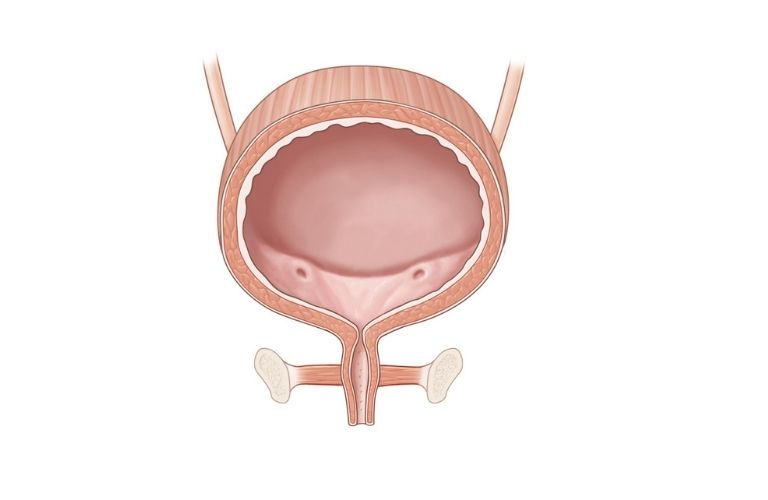
We offer a holistic approach that prioritizes your comfort and well-being.
Here are some common questions about our Urinary Incontinence and how we can help you.
Common causes include pregnancy, childbirth, menopause, prostate issues, and certain medical conditions affecting bladder control.
Diagnosis typically involves a detailed medical history (incl. Bladder Diary in some cases), clinical examination and some tests possibly like urine test, uroflowmetry, sonography, urodynamics etc.
Options vary from lifestyle changes and pelvic floor exercises to medications and in some cases, Nerve stimulation and Minimal Access procedures.
Keep a record of your symptoms, including frequency, triggers, and any related issues to discuss during your visit.

Tailored evaluations to understand your specific situation and needs by the only qualified FPMRS Consultant of Gujarat.

Access to cutting-edge technologies and methods for effective management like Nerve stimulation procedures.

Diagnosis and Management as per International standards.

Focus on overall health, including emotional and mental well-being.

Convenient appointment times to fit your busy lifestyle.

A compassionate care team ready to assist and answer your questions.
We understand that seeking treatment for urinary incontinence can be daunting. Our compassionate team is here to reassure you every step of the way.
Our approach is tailored as per international standards. We’ll explore several options and adjust as necessary to ensure you find what works best.
Our specialists are highly trained and understanding, ensuring your comfort and privacy throughout the process.
We provide transparent pricing with various options to fit your budget, and payment plans may be available.
Most treatments are minimally invasive with a low risk of complications, which our team will discuss with you in detail.
Our pricing structure is transparent and competitive, ensuring patients receive premium care within their budget.
Detailed evaluation and discussion of symptoms.
Prices vary based on tests required.
Costs depend on the type of treatment selected.
I felt cared for every step of the way.
Hear from our patients about their experiences.